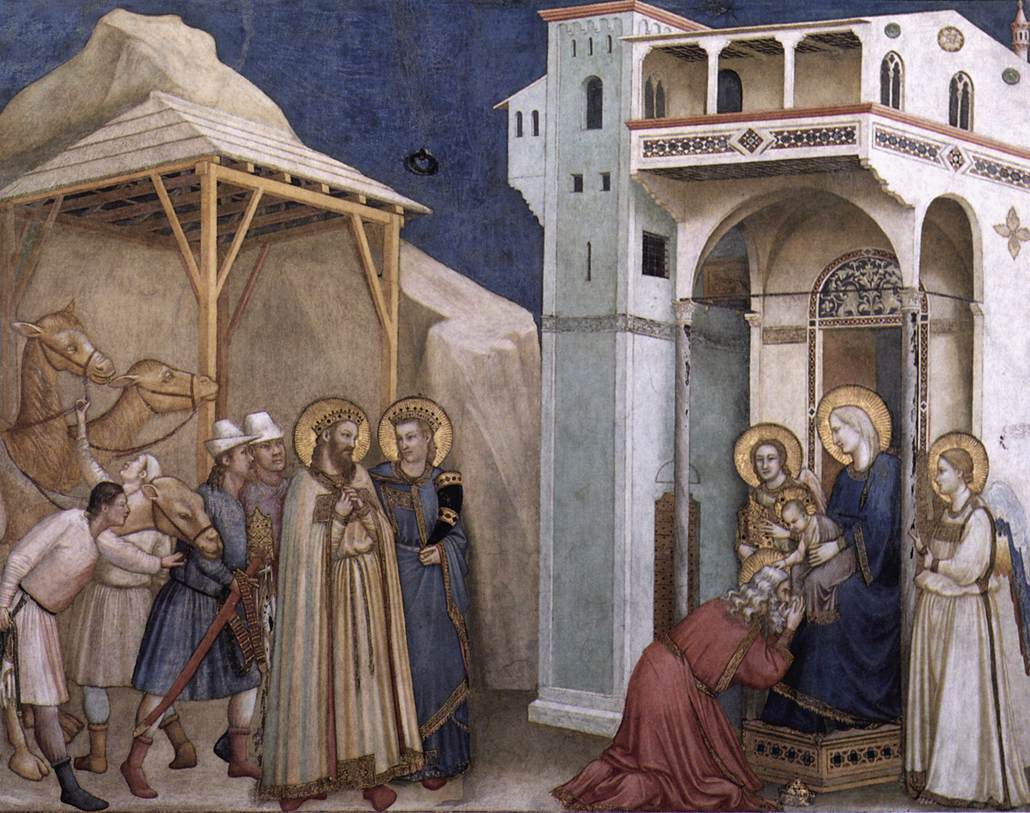
Twelve Days of Christmas
The Twelve Days of Christmas, also known as the Twelve Days of Christmastide, are the festive Christian season celebrating the Nativity.
This article is about the religious period. For the carol, see The Twelve Days of Christmas (song). For other uses, see The Twelve Days of Christmas (disambiguation).Twelve Days of Christmas
Christians
Christian
Varies by denomination, culture, and nation
25 December – 5 January, inclusive
annual
Christmas Day is the First Day. The Twelve Days are 25 December to 5 January, counting first and last. The Octave, or Eighth Day, is New Year's Day and the Feast of the Circumcision, the day Jesus was circumcised according to the faith. The evening of the last day is Twelfth Night or Epiphany Eve,[1][2] the next morning being Epiphany.
For Christian denominations such as the Anglican Communion or the Lutheran Church, the Twelve Days are identical to Christmastide.[3][4][5] For the Roman Catholic Church, however, Christmastide lasts longer, running through the Feast of the Baptism of the Lord.[6][7] For some, the Twelve Days are considered December 26 to January 6,[8] thus including Epiphany.
Modern Western customs[edit]
United Kingdom and Commonwealth[edit]
Many in the UK and other Commonwealth nations still celebrate some aspects of the Twelve Days of Christmas. Boxing Day, 26 December, is a national holiday in many Commonwealth nations. Victorian era stories by Charles Dickens, and others, particularly A Christmas Carol, hold key elements of the celebrations such as the consumption of plum pudding, roasted goose and wassail. These foods are consumed more at the beginning of the Twelve Days in the UK.
Twelfth Night is the last day for decorations to be taken down, and it is held to be bad luck to leave decorations up after this.[25] This is in contrast to the custom in Elizabethan England, when decorations were left up until Candlemas; this is still done in some other Western European countries such as Germany.